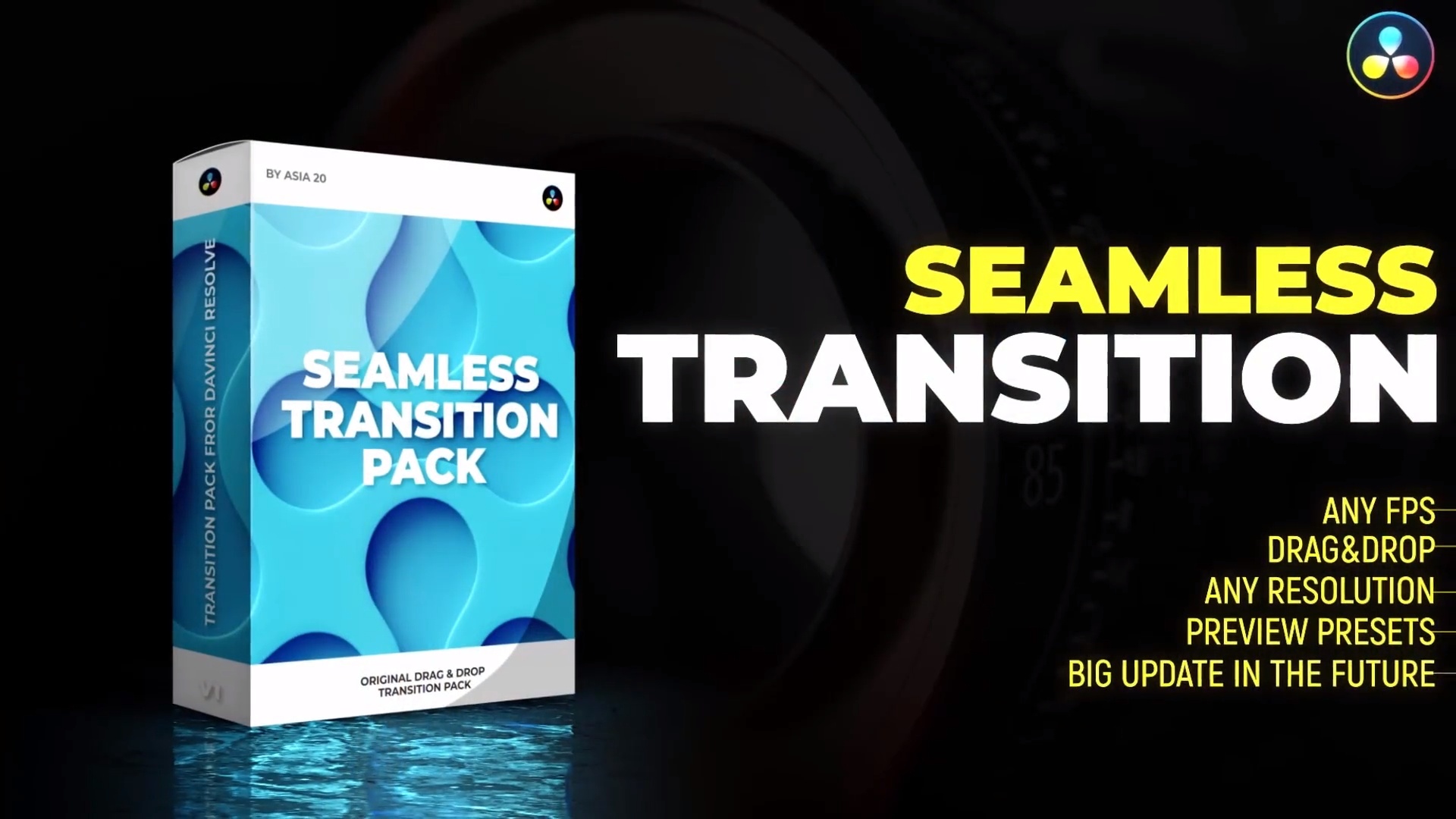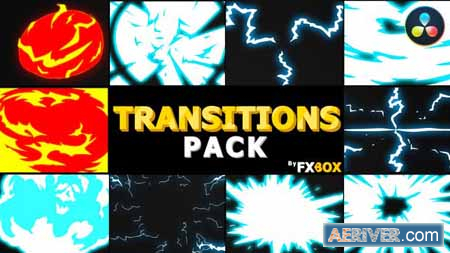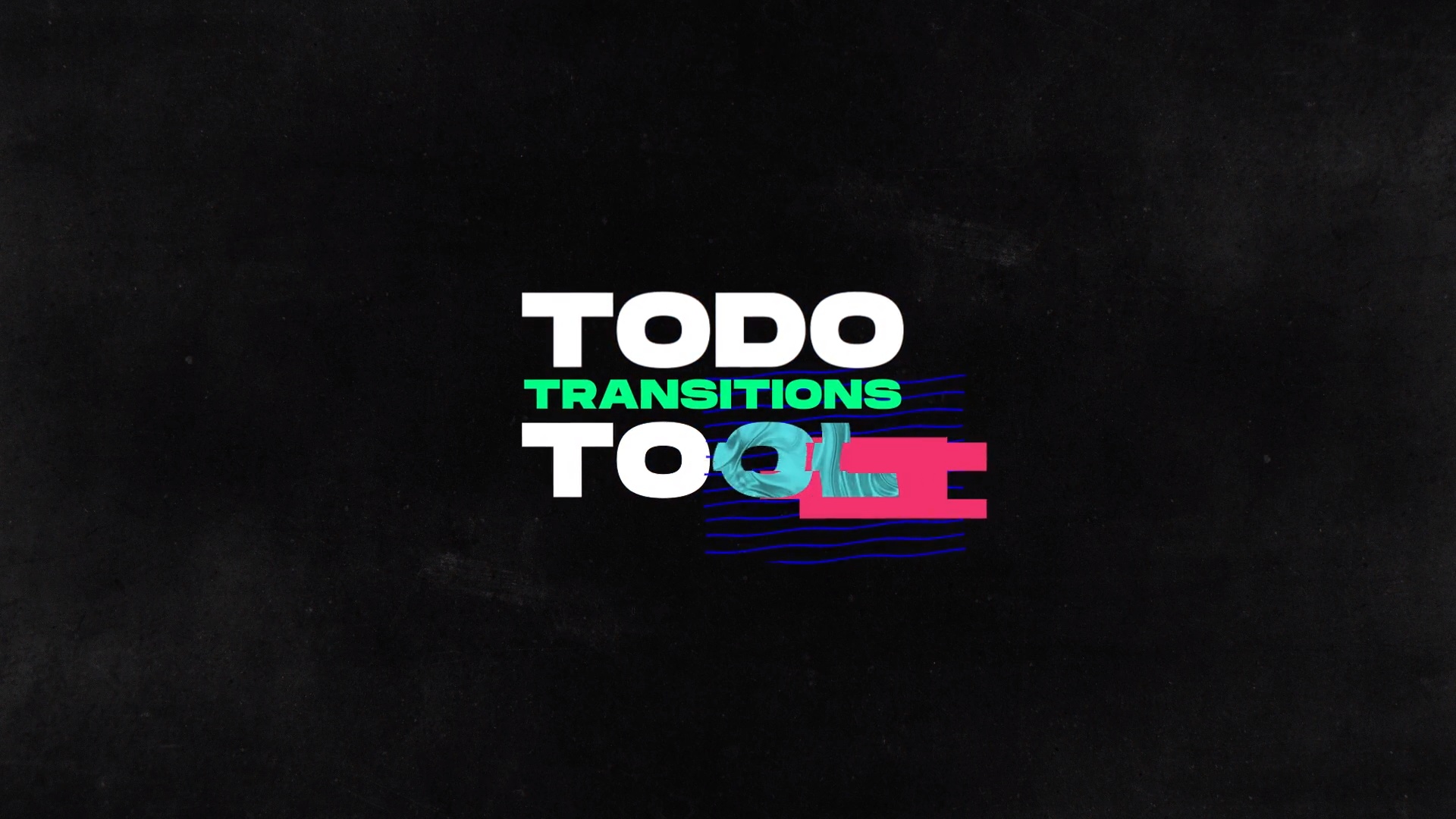

- #Davinci resolve effects transitions how to#
- #Davinci resolve effects transitions free#
The “Nodes” area will have only 2 default nodes – “ MediaIn1″ and “MediaOut1“.Under the “ Edit” page, select and place the playhead on your desired footage that needs a motion blur effect.
#Davinci resolve effects transitions free#
Here is how you add motion blur effect in the free version of DaVinci Resolve inside Fusion: When you use “Optical Flow” and the “Vector Motion blur” (or “Optical Flow” and the “Vector Distort”) it results in a motion blur effect.The “Vector Motion Blur” tool applies “blur” in the direction of the velocity inside the clip.This vector channel can be used along with the “Vector Motion Blur” and “Vector Distort” tools.The “ Optical Flow” node calculates the motion of a clip and stores the data in a vector channel.Specifically we’ll be using “ Vector Motion blur” and “ Optical Flow” tools to accomplish the job.Īs per BlackMagic, ( if you don’t understand the below theory, don’t sweat it. It involves only few steps to achieve the motion blur effect. No need to worry if you are new to Fusion. Under “Fusion” page, you can add proper motion blur to your footage.
#Davinci resolve effects transitions how to#
How to Add Motion Blur in DaVinci Resolve Free Version in the “Fusion” Page? One thing to keep in mind – make sure the frames move rapidly, that is, rapid zoom in / zoom out, rapid rotate, rapid changing of Position X/Y – so that the blurring effect is prominent. Similarly, you can get the blurring effect by keyframing other transform options like rotate, width, Position X, Y, etc.
Now when you play the clip, you will see motion blur during the zoom-in. Now go to the “ Advanced Options” and increase the “ Motion blur” value to the maximum, say 1. Then after few frames, insert another keyframe by rapidly increasing the zoom value to the maximum value, say, 3. Insert a keyframe at the start of the clip by setting a zoom value, say, 1.5 (changing the zoom value will automatically place a keyframe). Enable zoom keyframe by clicking on the small diamond shape to the right, so that it turns red. Increasing the value of motion blur from zero to the maximum won’t have any effect on the footage (if you don’t keyframe).ĭon’t worry, we’ll see how to create keyframes – step by step.īlackMagic says that in order to create a blurring effect, the frame should move rapidly. Scroll down and select “ Transform” under “ Resolve FX Transform“.Īfter adding the “Transform” effect, you need to keyframe the transform options to make use of the motion blur effect. Under the “ Edit” page, Import your footage inside Resolve and place it on the timeline. This is how you add motion blur to your footage using Resolve FX Transform: Yes, this is an additional step and you will have to try for yourself before making a call (if this Resolve FX Transform would fit your needs or not). The Resolve FX Transform effect has an in-built “ Motion Blur” settings.Ĭhanging the motion blur value to the maximum will not have any effect on your footage unless you keyframe the transform options like zoom, rotate, etc. (But it is not a substitute for the actual motion blur controls available in the paid version). Though exclusive motion blur controls are part of the Studio version, you can still add motion blur by using Resolve FX “Transform” effect (available in version 17). 


How to Add Motion Blur in Free Version of DaVinci Resolve in the “Edit” Page?








 0 kommentar(er)
0 kommentar(er)
